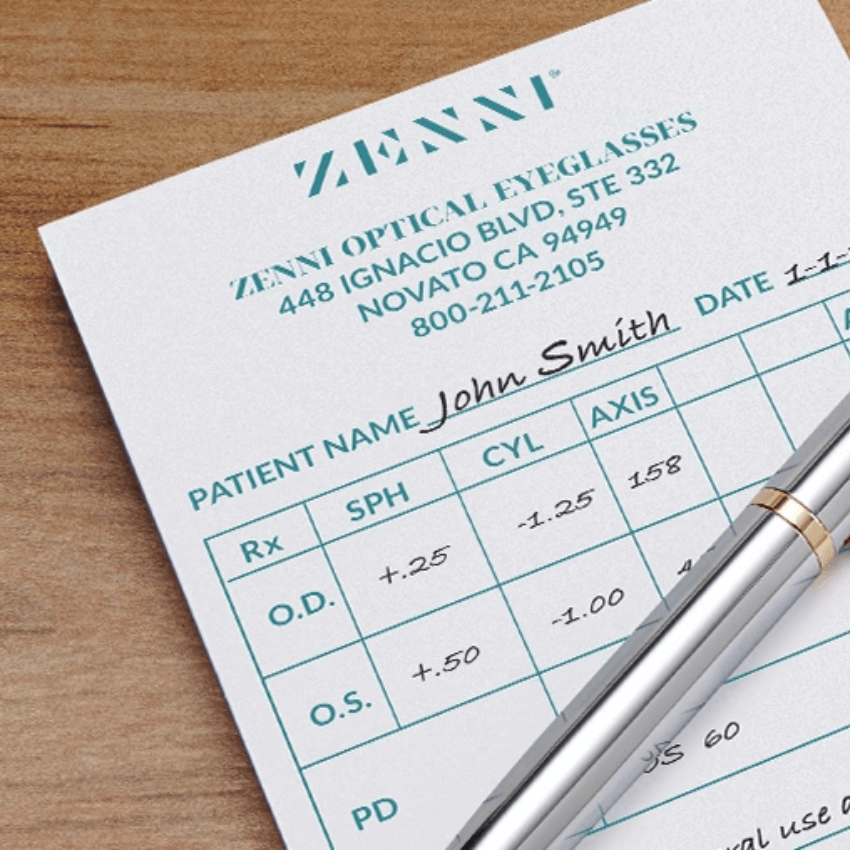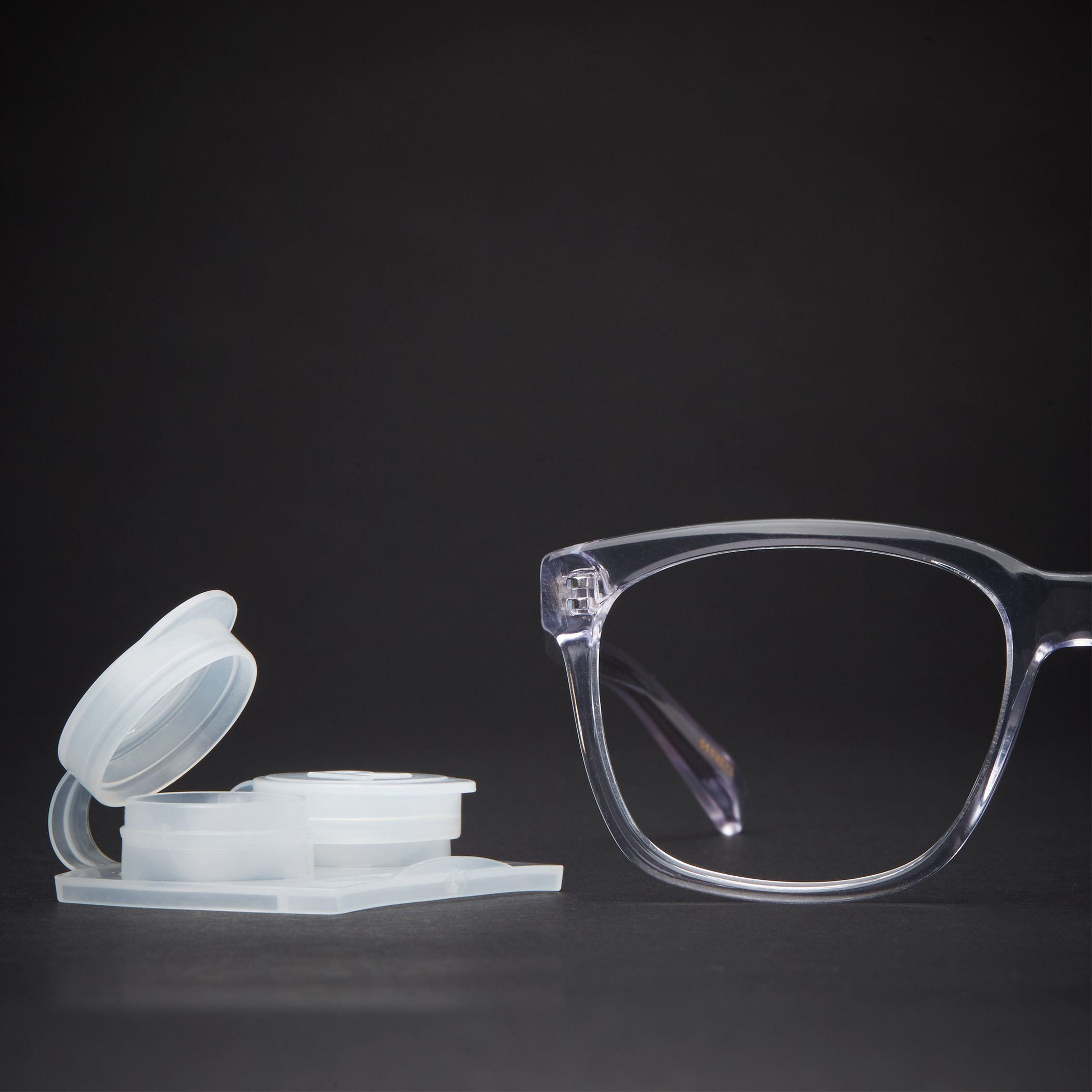Tips for Wearing Astigmatism Contacts
- BY Ivan Yong
- IN Eye Health
Having a prescription with astigmatism doesn’t mean you have to compromise on comfort or vision quality. Wearing contact lenses specifically designed for astigmatism can be straightforward and effective.
Photo by Kendall Hoopes
Understanding Astigmatism
Astigmatism occurs when the cornea or lens of the eye is irregularly shaped, leading to blurred or distorted vision. Special lenses for astigmatism are designed to correct this irregularity by providing different powers in different meridians of the lens. It’s crucial to have these lenses properly fitted by an eye care professional to ensure they sit correctly on your eye.
Consultation and Fitting
Start with a comprehensive eye exam and consultation with an optometrist or ophthalmologist who specializes in contact lenses for astigmatism. They will assess your eye health and prescribe the right type of toric lenses based on the specific curvature and axis of your cornea.
Choosing the Right Lenses
There are various types of toric lenses available, including daily disposables, bi-weekly, and monthly options. Your eye care provider will recommend the best type based on your lifestyle, preferences, and prescription. Daily disposables, for instance, offer convenience and hygiene benefits.
Photo by Andres Ayrton
Proper Insertion
Follow your eye care provider’s instructions for inserting and removing your lenses. It’s essential to wash and dry your hands thoroughly before handling lenses to prevent contamination.
Did you know there is a faint line or marking near the edge of astigmatism contacts to help with proper orientation? For most astigmatism contact lenses, simply rotate and position the contact lens on your finger so the marking is at the bottom of your eye after you insert it. Voila! The lens should settle faster with this quick tip.
Ensuring Proper Fit
Toric lenses have a specific orientation that must be maintained on the eye to correct astigmatism effectively. Avoid rubbing your eyes vigorously, as this can dislodge the lens from its proper position. If the lens moves out of alignment, blink gently or close your eyes and gently massage your eyelid to reposition it.
Maintaining Hygiene
Clean and store your lenses as recommended by your eye care professional. Use only the recommended contact lens solution, and never use saliva or water to moisten lenses. Regularly replace your lens case and avoid wearing lenses longer than prescribed.
Handling Discomfort
If you experience discomfort, dryness, or redness while wearing your astigmatism contacts, remove them and consult your eye care provider. Discomfort may indicate an improper fit, dry eyes, or an issue with lens hygiene.

Photo by Alexander Nadrilyanski
Wearing contacts for astigmatism can significantly improve your vision and quality of life when done correctly. By following these tips and maintaining regular check-ups with your eye care provider, you can enjoy clear vision and comfortable wearing experience with your astigmatism contacts.







